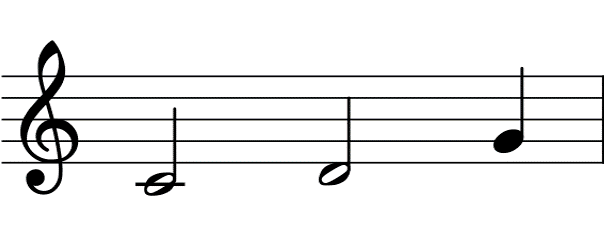Myths about teaching can hold you back
- Year 7
- Year 7
Playing the melody: Ode to Joy
I can play the first two phrases of Ode to Joy.
These resources were made for remote use during the pandemic, not classroom teaching.
Switch to our new teaching resources now - designed by teachers and leading subject experts, and tested in classrooms.
Lesson details
Key learning points
- Melodies are made up of phrases. The phrases in Ode to Joy are four bars long.
- A crotchet is a one beat note and a minim is a two beat note.
- Playing the first two phrases of Ode to Joy on the keyboard.
- An emphasis on the first beat of a bar and playing the last bar slighly quieter can help to create a well-shaped phrase.
- Ode to Joy is a melody by German composer Ludwig van Beethoven.
Keywords
Bar - A bar of music is a short beat cycle. A bar is often 2, 3, or 4 beats long.
Phrase - A phrase is a section of a melody. A phrase is often 2 or 4 bars long.
Rhythm - A rhythm is a selection of long and short note durations in a pattern. All melodies have a rhythm.
Crotchet - A crotchet is a note lasting for one beat.
Minim - A minim is a note lasting for two beats.
Common misconception
Overdoing the emphasis on the first note of the bar and the music becoming stilted.
Play the pupils a non-example where the first beat is so strong it becomes unmusical and follow this with a good example.
To help you plan your year 7 music lesson on: Playing the melody: Ode to Joy, download all teaching resources for free and adapt to suit your pupils' needs...
To help you plan your year 7 music lesson on: Playing the melody: Ode to Joy, download all teaching resources for free and adapt to suit your pupils' needs.
The starter quiz will activate and check your pupils' prior knowledge, with versions available both with and without answers in PDF format.
We use learning cycles to break down learning into key concepts or ideas linked to the learning outcome. Each learning cycle features explanations with checks for understanding and practice tasks with feedback. All of this is found in our slide decks, ready for you to download and edit. The practice tasks are also available as printable worksheets and some lessons have additional materials with extra material you might need for teaching the lesson.
The assessment exit quiz will test your pupils' understanding of the key learning points.
Our video is a tool for planning, showing how other teachers might teach the lesson, offering helpful tips, modelled explanations and inspiration for your own delivery in the classroom. Plus, you can set it as homework or revision for pupils and keep their learning on track by sharing an online pupil version of this lesson.
Explore more key stage 3 music lessons from the Keyboard fundamentals unit, dive into the full secondary music curriculum, or learn more about lesson planning.

Equipment
Keyboards
Licence
Prior knowledge starter quiz
6 Questions
Q1.How do you find the note C on the keyboard?
Q2.Which hand is in the C position?
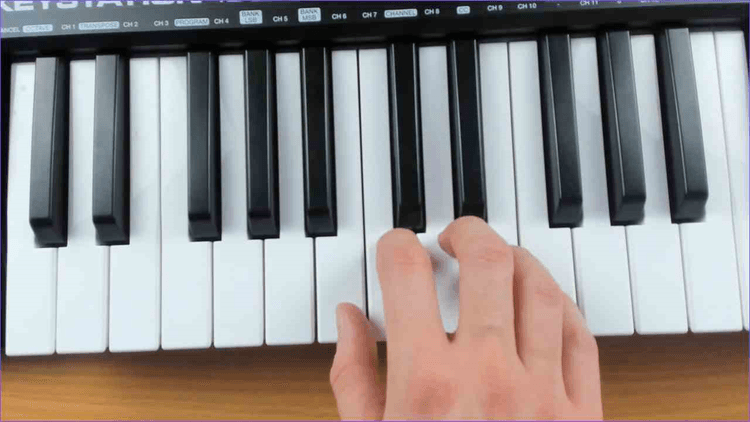
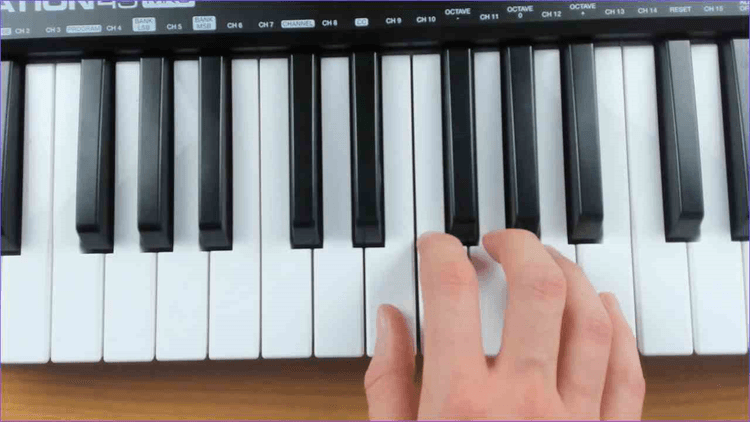
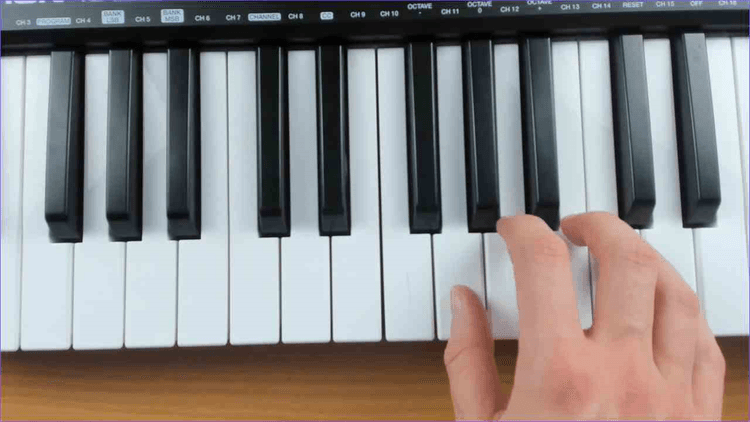
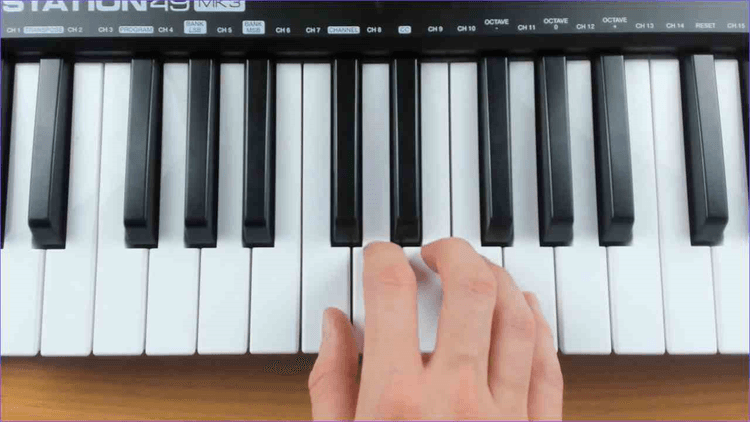
Q3.What allows you more time to play the notes accurately when learning a piece of music?
Q4.What is the term for a set of five lines and four spaces that you use to read music?
Q5.Name the note pictured in the space.
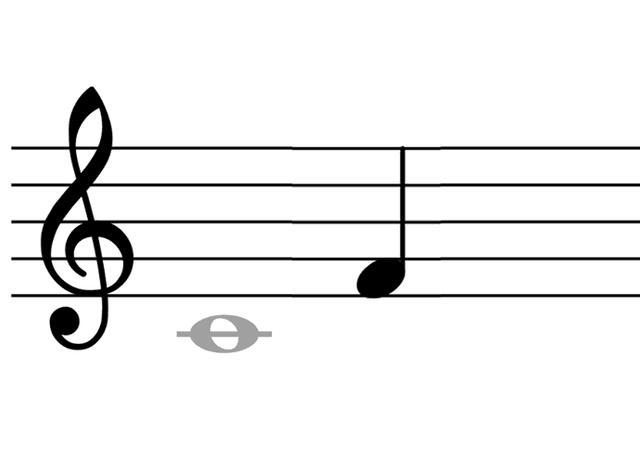
Q6.Name the note pictured on the line.
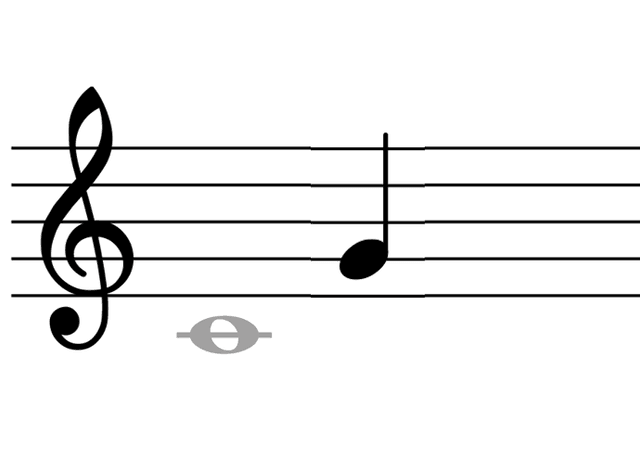
Assessment exit quiz
6 Questions
Q1.What is a phrase?
Q2.Match the key terms to the correct definition.
A one beat note
A two beat note
A selection of long and short note durations in a pattern
Q3.Ludwig van wrote the music for Ode to Joy.
Q4.Starting with the shortest put the following musical components in order.
Q5.Which of these bars contains both a D and an F?



Q6.How many beats are there in a bar of the pictured melody?
